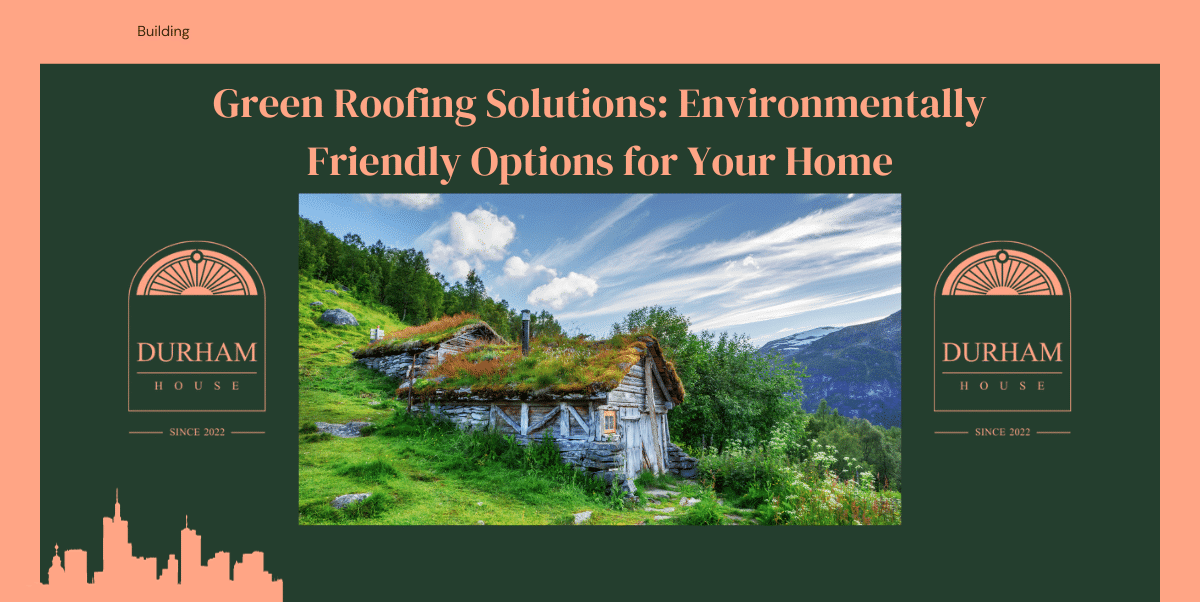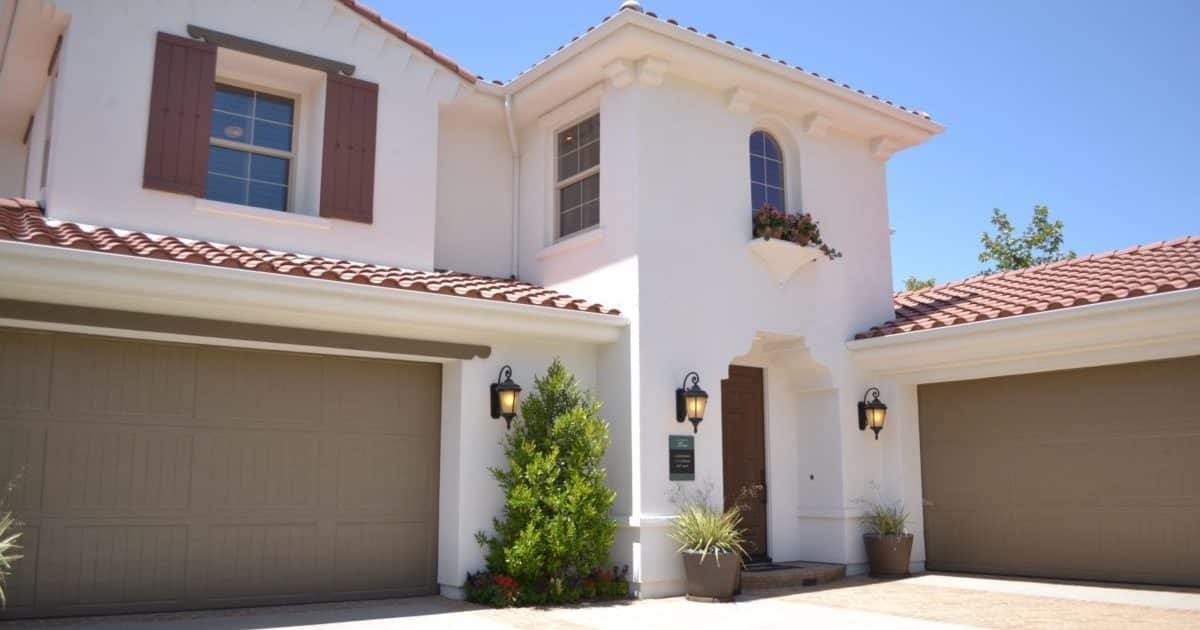Are you considering a roofing solution for your home that is also environmentally friendly? If so, green roofing may be the perfect option for you. Green roofs are aesthetically pleasing; they have numerous environmental benefits and come in many types to accommodate any budget or design.
Considering these factors and the lifespan of your new green roof versus traditional options, it’s easy to see why investing in green building materials makes good sense both economically and ecologically.
Read on to learn more about the various green roofs available today and how they can help create an eco-friendly living space without breaking the bank!
What Are Green Roofing Solutions?
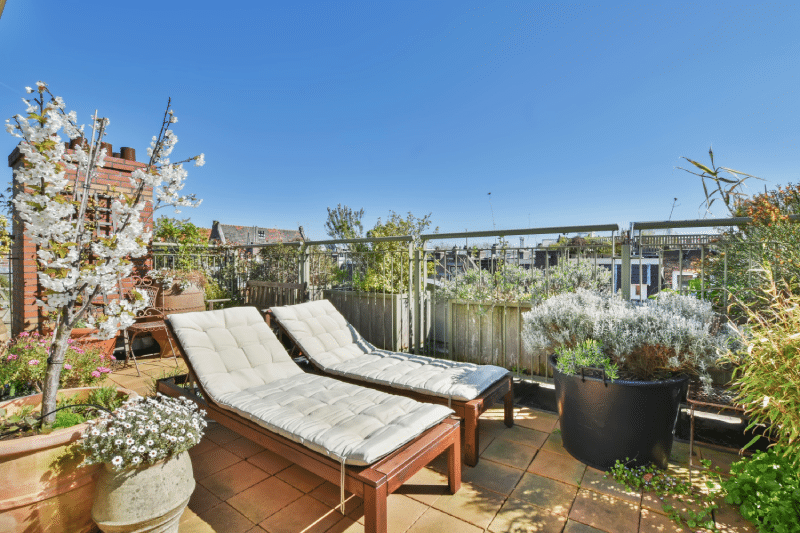
Green roofing solutions, or living roofs, are an innovative and ecologically beneficial way to cover your home. They incorporate vegetation, such as grasses, flowers, and even trees, into the design of the roof itself.
This unique approach provides many benefits, including improved energy efficiency, additional wildlife habitats, and enhanced aesthetic appeal.
This guide will delve into the different types of green roofing solutions, illustrating how each can contribute to a more sustainable and environmentally friendly home. Let’s explore the fascinating world of green roofs!
Extensive Green Roofs
Extensive green roofs are ideal for those looking to reap the benefits of a living roof without breaking the bank. These lightweight systems usually feature succulents, sedum, and other hardy plants that require minimal maintenance.
They are easy to install and can be completed in as little as one day, making them an excellent option for those looking to upgrade their roof quickly and affordably. Additionally, extensive green roofs can be accessorized with furniture, planters, or artwork to create a unique living space.
Intensive Green Roofs
Intensive green roofs are the perfect choice for those who want to take their green roofing solutions even further. These systems are typically heavier and require more maintenance than extensive green roofs.
They typically feature deeper soil beds that accommodate larger plants, including shrubs, trees, and even small gardens. Intensive green roofing is the way to go if you want to create an oasis on top of your home.
Hybrid Green Roofs
If you’re looking for a happy medium between extensive and intensive green roofing, hybrid green roofs are the perfect option. These systems feature a combination of plants from both extensive and intensive green roofing solutions.
This allows you to reap the benefits of both types at an economical price point. Hybrid green roofs can be customized with additional features such as furniture or planters, making them great for creating a unique living space.
Benefits of Green Roofing Solutions
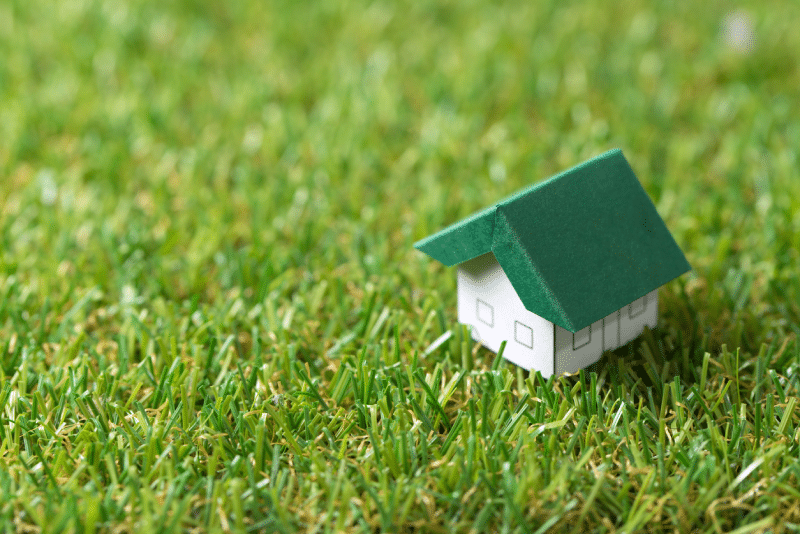
Green roofing solutions do more than just add a unique aesthetic touch to your home; they also bring many environmental and financial benefits.
This section delves into the numerous advantages of green roofing, from energy efficiency and biodiversity enhancement to noise reduction and air purification. Let’s uncover why green roofs are a trend and an investment in a sustainable future.
Eco-Friendly Living
Green roofs are a great way to reduce your carbon footprint. By using plants like succulents, sedum, and other hardy species that require minimal watering, green roofs can help conserve water and reduce energy costs associated with heating and cooling. The plants act as natural air purifiers, improving air quality in surrounding areas.
Wildlife Enhancement
Green roofs create habitats for wildlife, especially birds and butterflies. They provide a safe refuge from urban life’s hustle and bustle while offering food sources like nectar and seed-bearing plants. This encourages biodiversity in cities, suburbs, and rural areas alike.
Noise Reduction
Living roofs are great for reducing noise pollution. They act as a natural sound barrier, absorbing and dampening sounds from vehicle traffic, construction sites, and other sources of unwanted noise.
Aesthetics
Green roofing solutions are aesthetically pleasing, with lush vegetation adding life to dull buildings or homes. They can be tailored to any style or design preference, making them the ideal choice for creating a unique living space.
Air Purification
Living roofs act as natural air purifiers, trapping particulates and pollutants in the soil. This helps improve air quality in surrounding areas, making green roofing solutions an excellent choice for those looking to reduce their environmental impact.
Long-Term Investment
Green roofs are a long-term investment that can last up to 50 years or more with proper maintenance. They require minimal upkeep, making them an excellent option for those looking to reduce ongoing expenses associated with traditional roofing systems.
If you’re unfamiliar with green roofing solutions and their durability, you can contact a trusty roofing expert to learn more.
FAQ
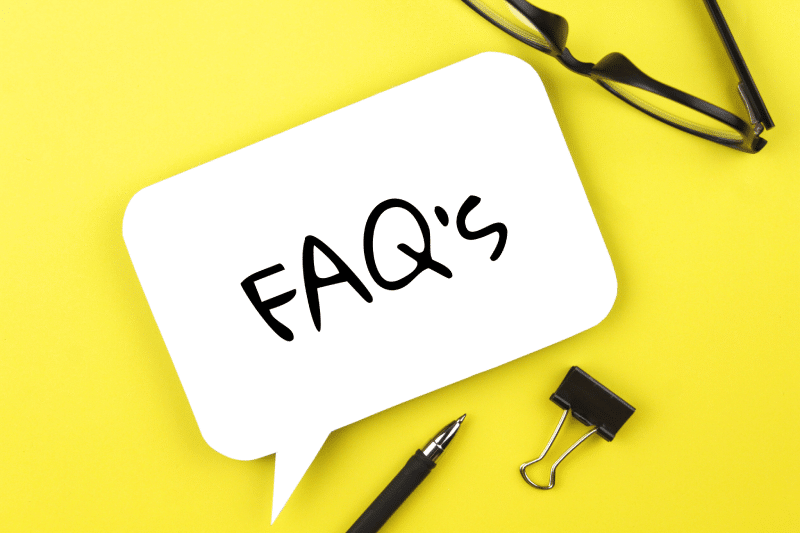
What is the best material for a green roof?
There is no one-size-fits-all answer to this question, as the best material for a green roof will vary depending on the type of green roof system and your budget.
For example, extensive green roofs are typically lightweight and can be completed in a single day, while intensive green roofs involve deeper soil beds and larger plants that require more time and effort to install. It’s best to consult with a roofing specialist to determine which material is best for your project.
Are green roofs expensive?
Green roofs can be more expensive than traditional roofing solutions, but they also provide a wealth of benefits and long-term savings. Additionally, extensive and hybrid green roof systems are often more affordable than intensive systems, making them great options for those on a budget.
Is it challenging to maintain a green roof?
No, green roofs require less maintenance than traditional roofing systems. Plants like succulents, sedum, and other hardy species can survive with minimal watering and reinforced soil beds that resist erosion. However, it’s always best to consult a professional roofer for advice on maintaining your green roof.
What is one disadvantage of a green roof?
One of the main disadvantages of a green roof is its weight. Intensive green roofs, in particular, require deeper soil beds and larger plants, which can add significant weight to your top. If you’re unsure whether your existing structure can support such an addition, it’s best to check with a professional roofer first.
Additionally, extensive and hybrid green roofs tend to be lighter and require less maintenance, making them an excellent option for those looking to avoid the extra weight.
In Conclusion
Green roofing solutions are an eco-friendly, aesthetically pleasing, and cost-effective way to reduce your environmental impact and improve the aesthetics of your home. With a range of options available, from extensive to intensive systems, there’s sure to be a green roof that fits any budget and preference.
From energy efficiency and noise reduction to air purification and habitat enhancement, green roofs bring many benefits that make them an excellent long-term investment.
